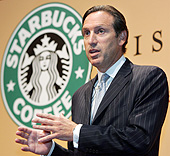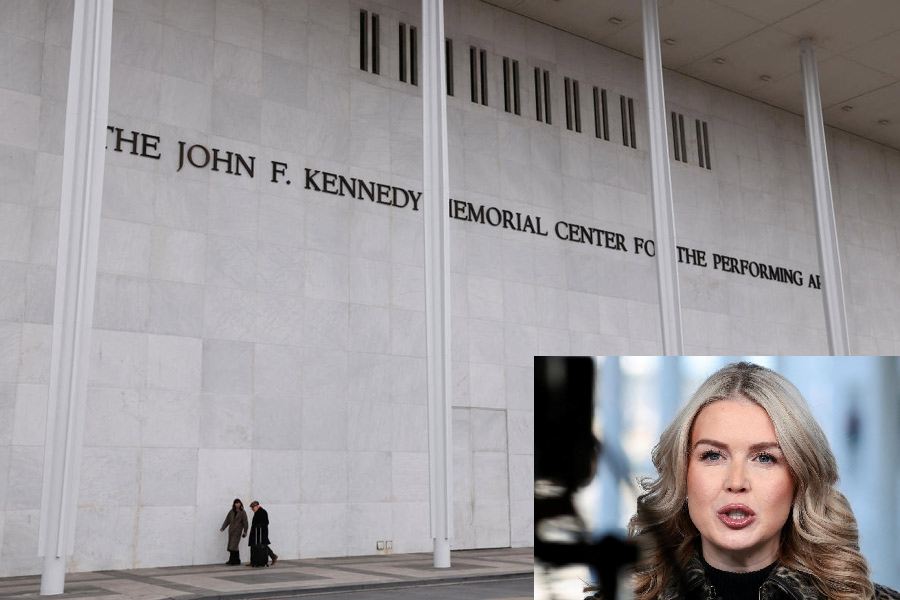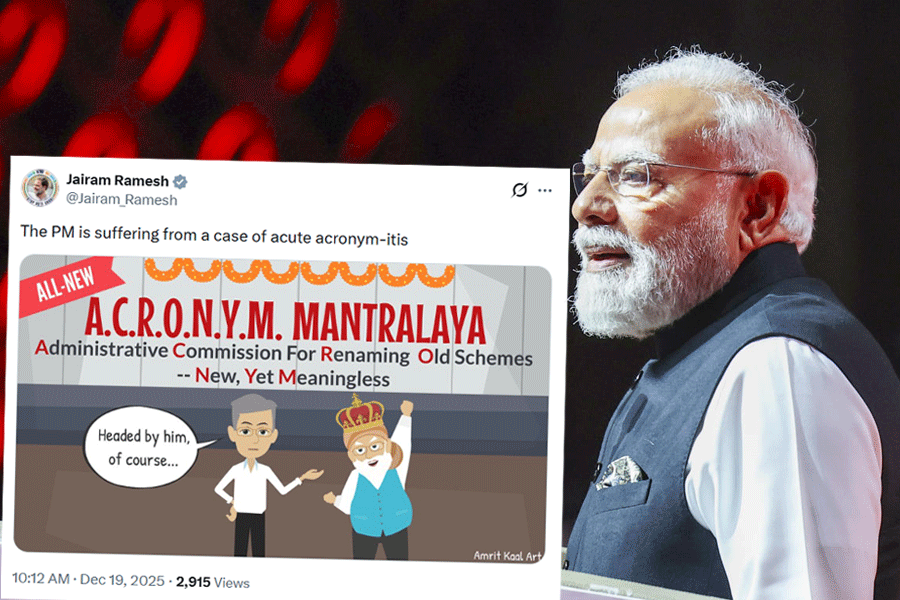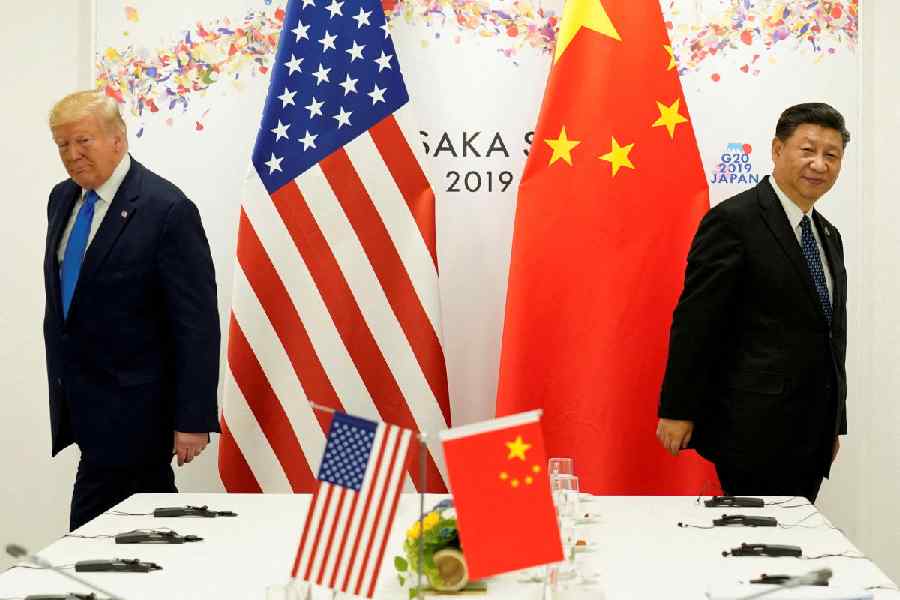 |
 |
| Head Honchos: Starbucks CEO Howard Schultz (top) and Jack Welch, former CEO of General Electric |
Chief executives who are agreeable tend to trust and accept others, show personal warmth and prefer co-operation to competition. At the other end are those who are sceptical of new ideas, are not easily impressed and favour competition.
The competitive style — exemplified by Jack Welch, former CEO of General Electric, and Paul Austin, former CEO of Coca-Cola — generates loyalty for the leader and creates a clear structure by emphasising that the leader is accountable for all decisions. It puts the focus on accountability for each team member to ensure best performance. To make this style work, the leader must be curious and flexible enough to press for the best possible answers.
But this style can backfire. When loyalty discourages those at the top from giving independent perspectives, the leader is told only what she or he wants to hear. This style can also go wrong when competition among the team boils over. Senior managers try to undercut each other rather than impress the boss with the merits of their arguments.
Co-operative and agreeable leaders, such as Howard Schultz of Starbucks, encourage managers to work together to reach consensus. Status and power differences between individual members matter less and power sharing is rewarded.
The strength of this style is that this kind of group will make superior decisions because they have pooled their expertise. This kind of group also tends to be more entrepreneurial because members feel a sense of ownership. To make the style work, the leader must focus equally on the quality of business decisions and the maintenance of interpersonal relationships. If the focus on relationships overwhelms the leader, “groupthink” can result.
Co-operative leaders may also be vulnerable because they tend to build homogenous teams: members are recruited on how well they get along rather than on the diversity of their skills.
There is probably one successful company led by a competitive CEO for every one successfully led by a co-operative one. Yet I sense that the latter style will increasingly predominate: firms face more external uncertainty and leaders need to help managers to make decisions without complete information; and companies have to become more entrepreneurial. All of which favours the co-operative approach.











